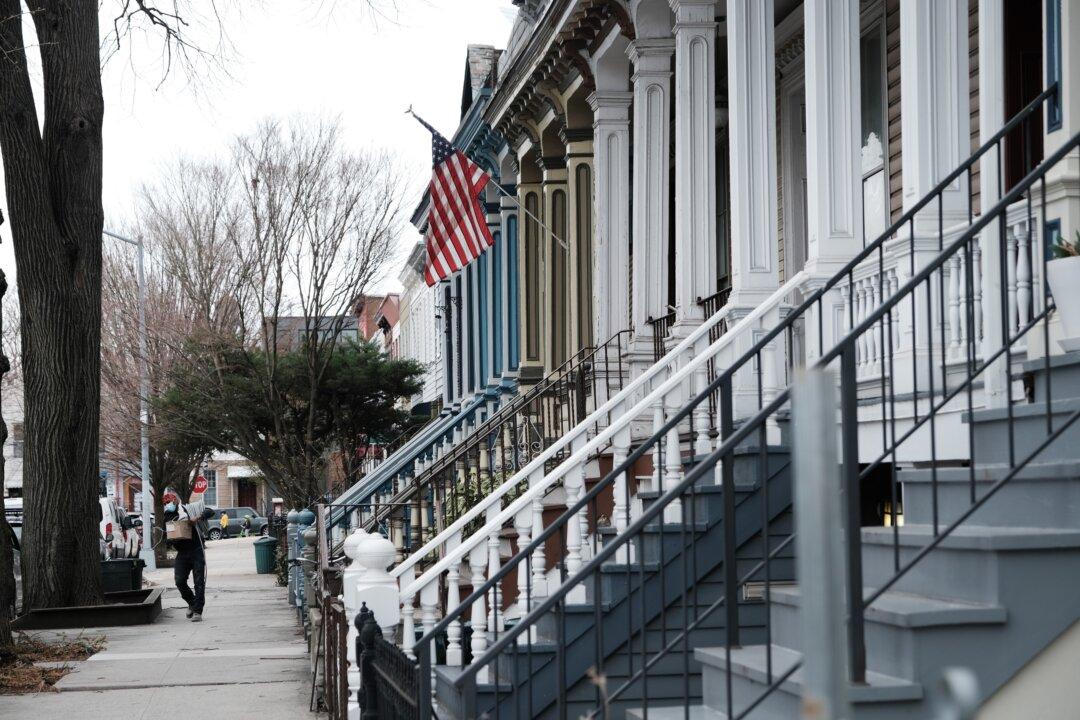U.S. home prices for the first quarter of 2022 continued to skyrocket with a record 20.9 percent year-over-year increase in March 2022, according to CoreLogic’s latest Home Price Index and Forecast, which was released on May 3.
This was the highest 12-month growth for the U.S. home index since the series began in 1976, while mortgage rates have risen to its fastest pace in 35 years.





